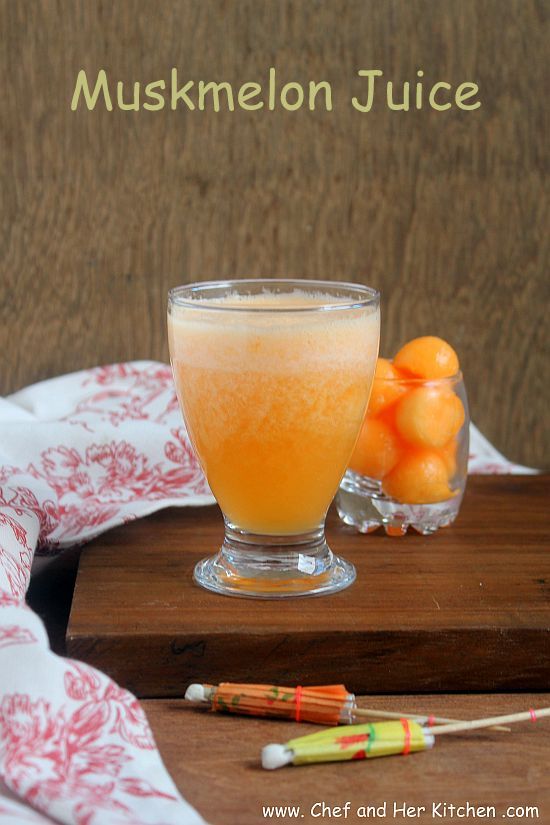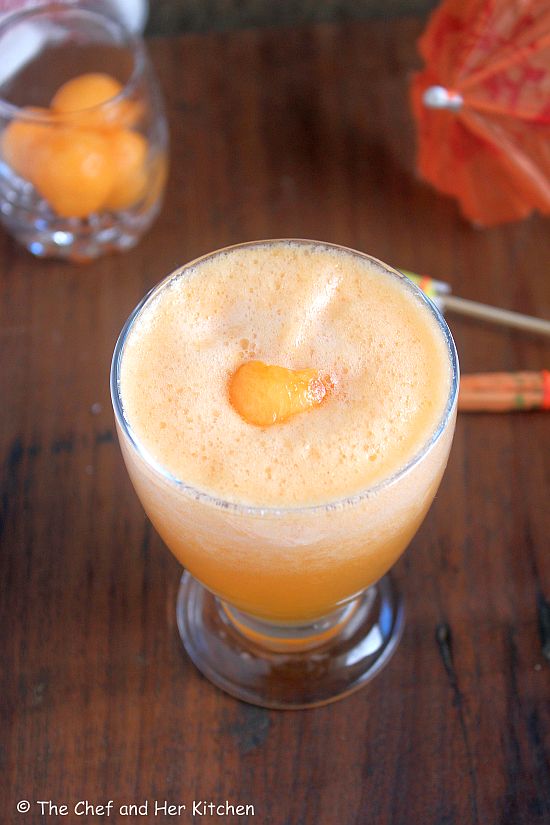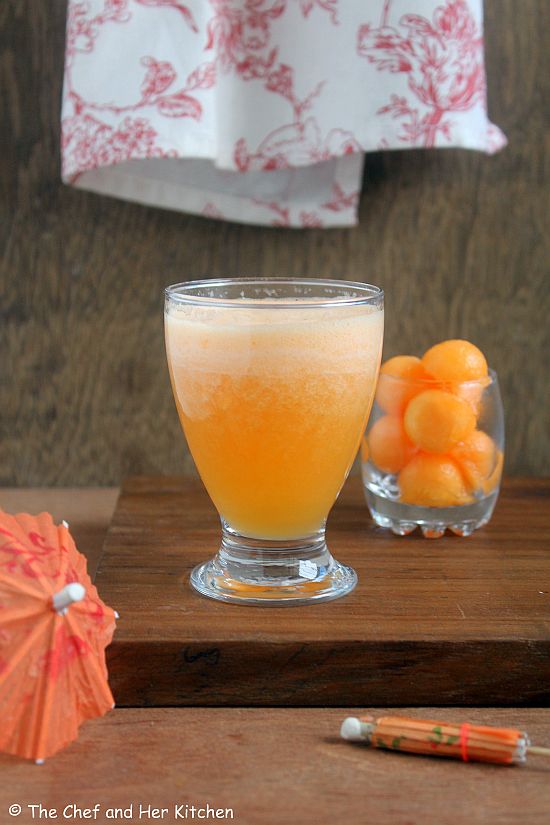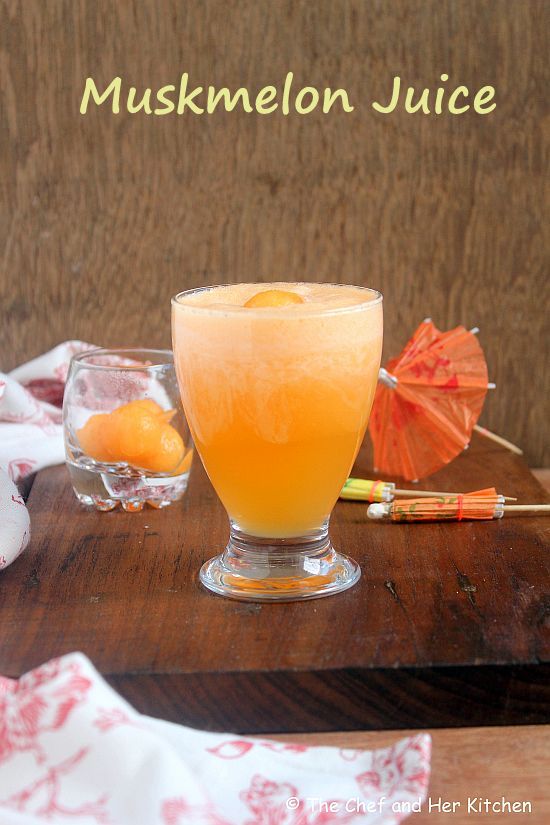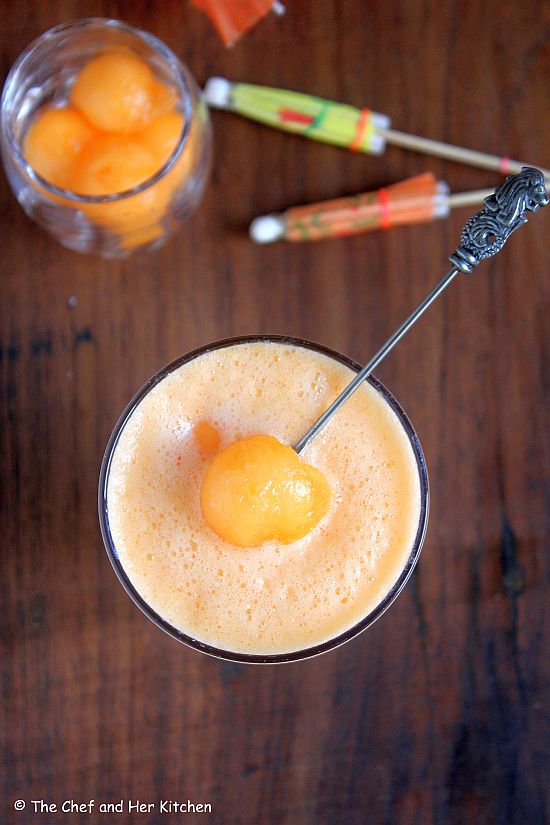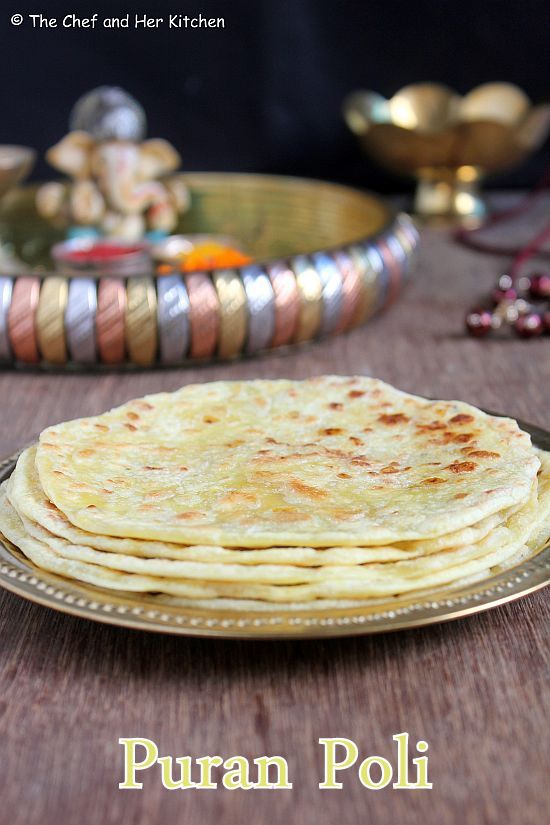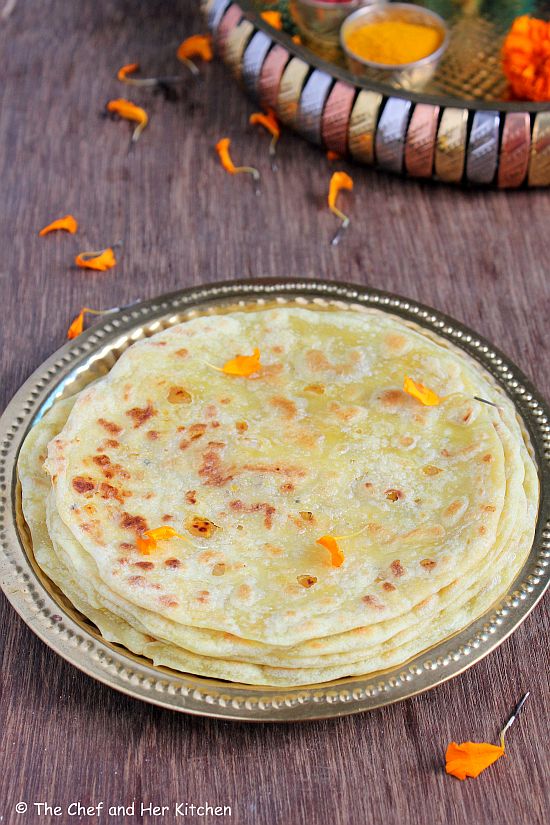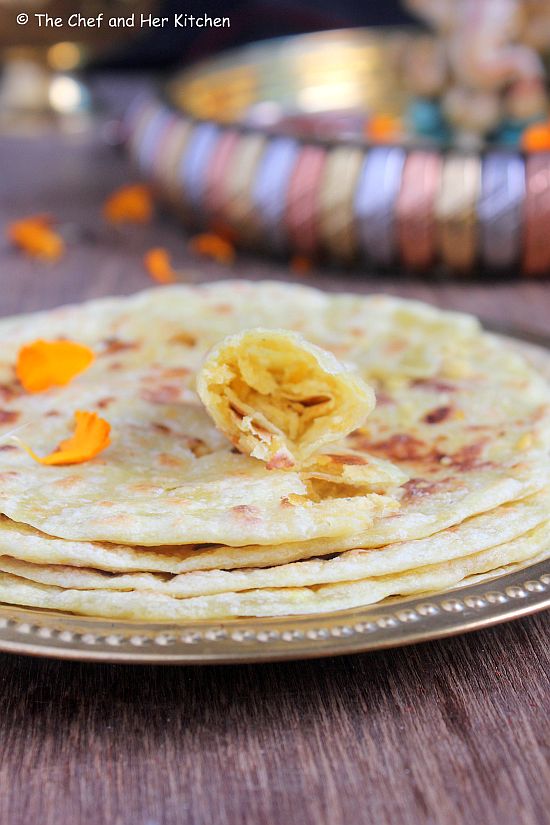'Vinayaka Chavithi' also known as 'Ganesh Chaturthi' is my favourite festival and I always look forward to this festival as we celebrate it in a grand manner. In Karnataka this festival is called Gauri Ganesha where the previous day before Ganesh Chaturthi - is celebrated to worship the Goddess Gauri and we have a tradition to distribute the Vayanam(a set of items laid together) among the married ladies.
The menu differs from state to state. In Andhra, the menu would be like Undrallu, Bellam Kudumulu, Undralla Payasam, Chintapandu Pulihora, Medu Vada, Semiya Payasam or Sago Kheer along with sundal, stir fry, Pappu Chaaru etc. In Karnataka we prepare Holige for Gowri Habba and on Ganesh Chaturthi we prepare Kudumulu with various fillings or Karida(Fried) Kadubu, Idli with rice rava, Undralla Payasam, sundal, Kosambari, stir fry, Kandunta Majjiga Pulusu, rasam etc. Whereas in Maharasthra Modak or Puran Poli are prepared as main sweets and along with Varan Bhaat and other items on the menu.
I am compiling various set of recipes from all the regions so that it would be convenient to choose according to your preferences.
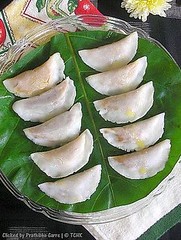

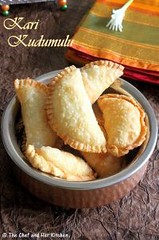
Kudumulu-3 types Bellam Kudumulu Karida(Fried) Kadubu



Puran Poli Modak Peda Undralla Payasam


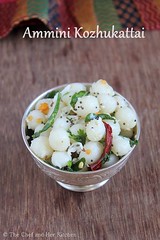
Pappulo Undrallu Dry Fruit Modak Ammini Kozhukattai



Palathalikalu Paal Payasam Mango Sheera



Boorelu/Poornalu Bele Holige(Obbattu) Garugu Holige
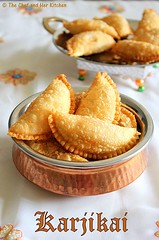
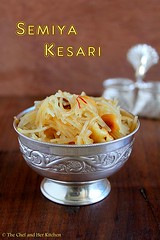
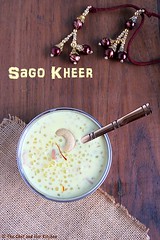
Karanji Semiya Kesari Sago Kheer
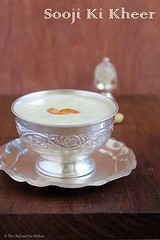
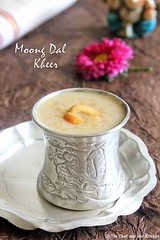
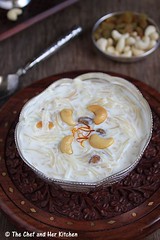
Rava Payasam Moong Dal Kheer Semiya Payasam


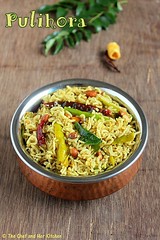
Rava Pulihora Nimmakaya Pulihora Chintapandu Pulihora
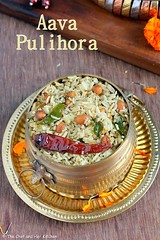

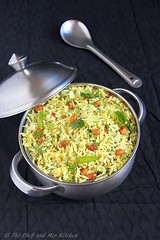
Aava Pulihora Mango Gojju Annam Usirikaya Pulihora

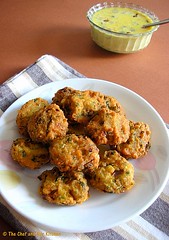

Undrallu Ambode Dahi Dal Vada


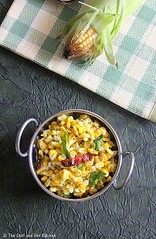
Kosambari Chana dal Kosambri Corn Sundal



Kala Chana Sundal Kabuli Chana Sundal Ground nut Sundal
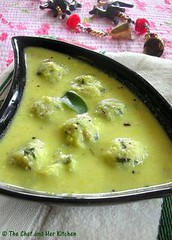
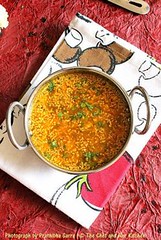

Kandunta Majjiga Pulusu Special Toor dal Rasam Pappu Chaaru
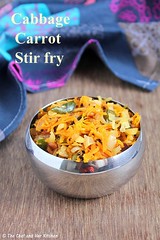
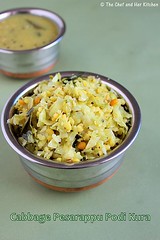
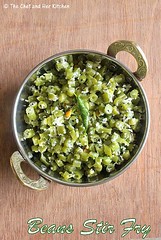
Cabbage Carrot stir fry Cabbage Moong dal fry Beans Stir fry
I would like to mention the menu ideas as well as it is more convenient to pick it up if you are in a hurry to decide the menu.
Typical Andhra Menu for Vinayaka Chavithi(at my MIL's place):
Breakfast: Undrallu or Idli with Coconut Chutney
Main Sweet: Bellam Kudumulu or Undralla Payasam
Rice Varieties: Chintapandu Pulihora or Nimmakaya Pulihora or Rava Pulihora
Vada/Snack: Medu Vada or Masala Vada(with out onions)
Payasam: Semiya Payasam or Sago Kheer
Stir fry: Cabbage Carrot stir fry or Cabbage Moong dal fry or Beans Stir fry
Sundal: Kabuli Chana Sundal or Kala Chana Sundal
Dal: Pesara Kattu
Rasam: Pappu Chaaru or Drumstick Rasam or Lemon Rasam
Typical Karnataka Menu for Ganesh Chaturthi(at my Mom's place):
Breakfast: Idli with Coconut Chutney
Main Sweet: Kudumulu with various fillings or Karida(Fried) Kadubu
Rice Varieties: Chintapandu Pulihora or Nimmakaya Pulihora
Vada/Snack: Masala Vada(with out onions) or Kandunta or Capsicum Kandunta
Payasam: Undralla Payasam
Stir fry: Cabbage Carrot stir fry or Beans-Carrot Palya or Beans Stir fry
Kosambari: Kosambari or Chana dal Kosambri
Sundal: Kabuli Chana Sundal or Kala Chana Sundal
Dal: Pesara Kattu
Rasam: Kandunta Majjiga Pulusu and/or Special Toor dal Rasam
Other Options
Main Course:
- Masale Bhat | Tendli Bhat | Ivy Gourd Rice - Maharasthrian Special
- Puliyogre/Pulihora - Karnataka style
Sweets/Savories- for Naivedyam:
Technorati
Tags: vinayaka chavithi recipes, ganesh
chaturthi recipes, andhra recipes for vinayaka chavithi festival, vinayakar
chaturthi recipes, karnataka recipes for ganesh chaturthi, gowri
ganesha habba recipes, kudumulu recipe, modak recipe, kadubu recipe, puran poli recipe, vinayaka
chavithi menu, menu for ganesh chaturthi

 Vegetables
Vegetables


